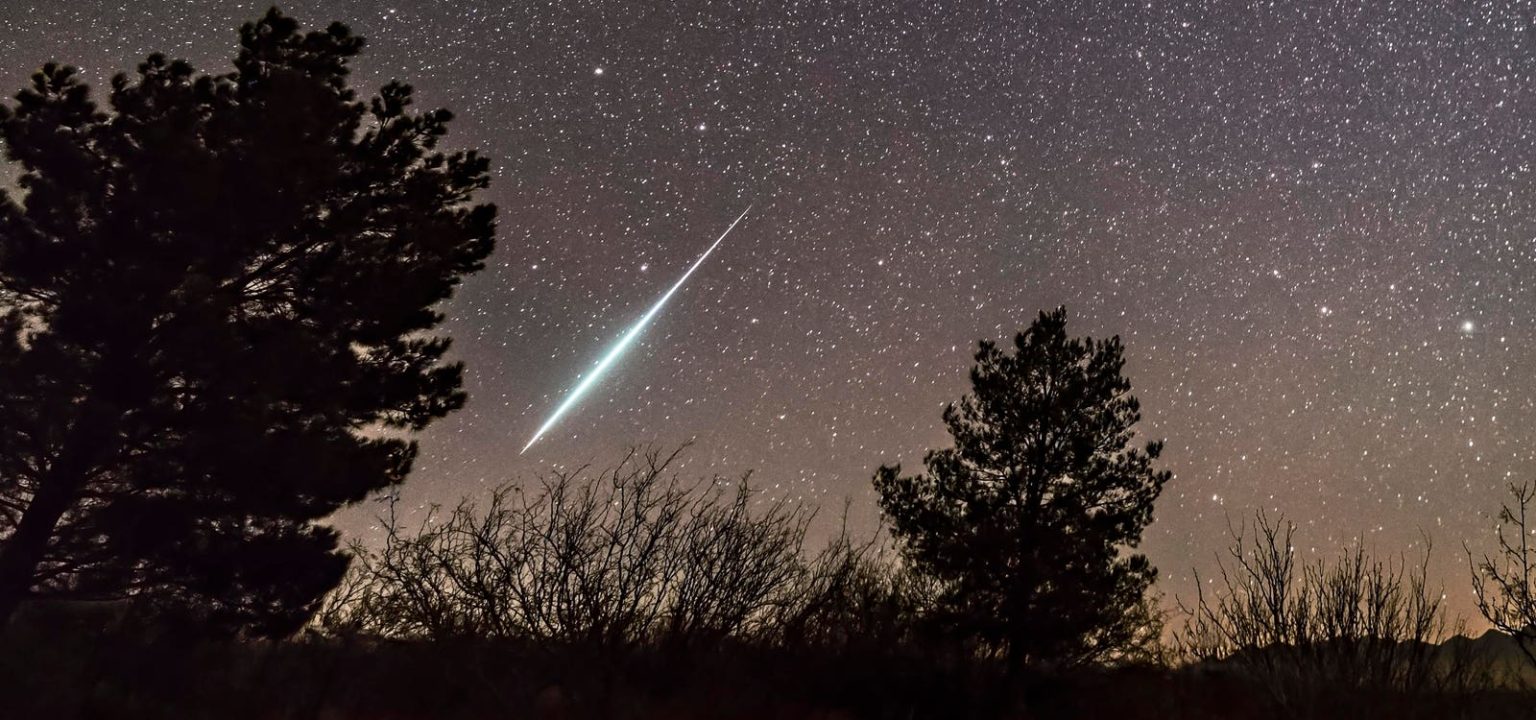The Eta Aquariids meteor shower is set to be one of the best in 2024, occurring in dark, moonless night skies. This annual meteor shower is caused by Halley’s comet, which enters the inner solar system every 76 years. The shower runs from April 15 through May 27, peaking on the night of May 4-5. In a dark sky, viewers can expect to see 10-30 “shooting stars” per hour at the peak, due to interactions of the particles with the planet Jupiter.
A “shooting star” is a meteor, a small piece of rock or dust that burns up as it strikes Earth’s atmosphere. The Eta Aquariids are created when Earth passes through a stream of debris and dust left by Halley’s Comet. Each time the comet rounds the sun, it leaves a trail of tiny rocks, which can cause a meteor shower if they drift into Earth’s orbital path. The Eta Aquariids will appear to come from the constellation Aquarius, specifically from a star within the constellation called Eta Aquarii.
While the Eta Aquariids is a spectacular meteor shower, another one to look forward to in 2024 is the Perseids. This reliable annual meteor shower in the northern hemisphere will run from July 17 through August 24, peaking around midnight on August 12/13. The Perseids are caused by the debris left by comet Swift-Tuttle and can deliver over 100 bright, fast-moving meteors per hour at its peak. Both showers offer a celestial spectacle for viewers with clear skies and wide eyes.
For those interested in viewing the Eta Aquariids, the best time to catch them will be overnight on May 5 and 6, 2023. With no moon in the sky until close to dawn, conditions are perfect for witnessing the meteor shower. The visual source of the meteors is the constellation Aquarius, but the actual source is the specific stream left in the inner solar system by Halley’s Comet. This year’s shower will be quite strong due to the interactions of the particles with Jupiter.
Overall, the Eta Aquariids meteor shower in 2024 promises to be a stunning astronomical event, with the potential to see many shooting stars in the dark skies. Viewers can look forward to witnessing a natural phenomenon caused by the debris left by Halley’s Comet, creating a beautiful display in the night sky. Additionally, the Perseids meteor shower later in the year offers another opportunity to marvel at the wonders of the universe. Whether you’re an amateur stargazer or a seasoned astronomer, these meteor showers are sure to provide a memorable experience under the stars.


